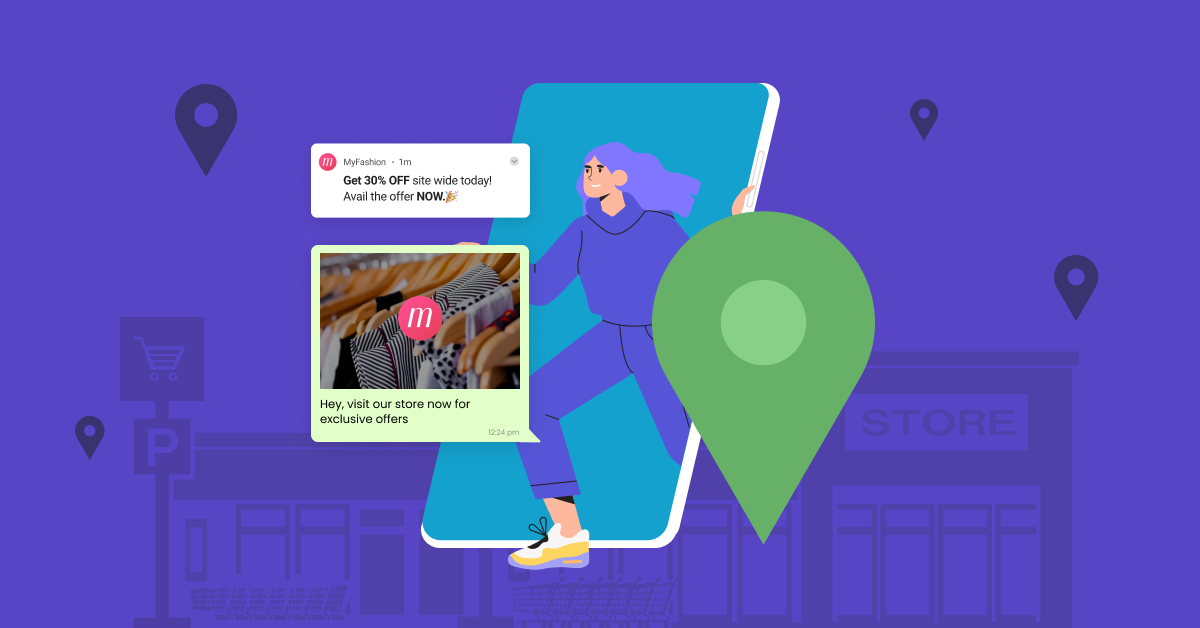For many ‘Mobile Marketers’, it can be incredibly challenging to measure KPIs such as Customer Lifetime Value (CLTV) and Average Revenue per User (ARPU) effectively. Each mobile operating system (iOS or Android) has its own restrictions and device identifiers, which without the right tools, can complicate the situation. But, not anymore! Mobile marketing automation is your key to the next phase of growth!
Mobile Marketing Automation is a means to help mobile marketers get more effective outcomes. It enables you to automate the delivery of personalized campaigns, relevant, and timely messages to millions of users without much human intervention. A well-designed mobile marketing automation workflow can not only help you in retaining your existing users but also increase their time spent on your app and significantly increase your ARPU. In today’s highly competitive mobile world, marketers need to find new and innovative ways for their app to stand out from the crowd. Getting people to just download your app is not enough.
In this article you’ll learn:
- What is Mobile Marketing Automation & why is it important for your business?
- Examples of D2C brands successfully leveraging Mobile Marketing Automation
- How to get started with Mobile Marketing Automation?
- Benefits of Mobile Marketing Automation
- Using Mobile Marketing Automation to optimize your customer lifecycle
- How to find the best Mobile Marketing Automation platform for your business? (Checklist)
What is mobile marketing automation and why is it important for your business?
There are over 3.5 billion smartphone users around the world averaging a screen time of about 2 hours and 55 minutes every day. With over 52.6% of the global traffic coming from mobile devices, it is safe to say that consumers are “all-in” for a mobile-first experience.
With evolving businesses, customers’ online behavior, and increasing competition, mobile marketing automation tools have also evolved beyond being a straightforward platform that sends SMSs and Push-Notifications. An ideal mobile marketing automation tool will help you create a unified data framework, hyper-personalize user experiences, and engage with users using omni channel marketing.
With 52.6% of the global traffic coming from mobile devices, it is safe to say that consumers are 'all-in' for a mobile-first experience. Read more - via @webengage Share on XLet’s understand the various layers of mobile marketing automation with an example:
Say your customer orders a skincare package from your store which includes a face cleanser, face mask, toner, moisturizer, serum, and a scrub. Each of these items has different consumption patterns and the customer may run out of each of these items at various dates. What if you wanted to automate reminders for repurchasing each item in the package based on average consumption patterns?

- First, you need to have a data system in place that holds and attributes various pieces of data to individual users. These could include the purchase date of the package, the next reminder date (T+30, T+15, T+7, and so on) for individual products, the age of the user, and so on.
- Then you need an automation layer that can trigger contextually personalized messages based on the reminder dates.
- You would also need a layer to integrate various channels like mobile push notifications, in-app messages, SMS, WhatsApp, etc., and create an user engagement strategy to connect with your users.
All these layers combined form a mobile marketing automation suite. (We’ll talk more about how you can identify the best platform for your organization later in the article)
The real power of mobile marketing automation is unleashed when you can follow this 3-layered mobile marketing process for thousands, or even millions, of your customers with minimal intervention. This is just one use-case of mobile marketing automation. You could have similar automation for cart abandoners, EMI reminders, feedback requests, offers, discounts and so much more depending upon your industry.
Examples of D2C brands successfully leveraging Mobile Marketing Automation:
If done right, mobile marketing automation can do wonders for your brand. Here are some examples of how our customers utilize mobile marketing automation to engage and retain your users:
1. Highly targeted user segmentation and personalized campaigns lead to a 133% uplift in Toppr’s conversions:

Here’s how it works:
For every student that installs the app, the automation workflow constantly checks if the student is reachable on push notifications and sends 3 different messages on 3 different days. On the first day, right after the app is installed, the user receives a welcome message. Then, on the second day, the user receives a notification about the video courses hosted on Toppr. Finally, on the third day, the user is notified about the story-based courses on the platform.
This is an excellent way of onboarding new users and educating them about the types of content your platform has to offer. Want to learn more about other ways in which Toppr has aced mobile marketing automation? Check out the detailed case study here.
2. Sending location-based push notifications results in 4x increased conversions for EazyDiner

Here’s how it works:
Every time a user is in the vicinity of any one of the select restaurants, the user automatically gets a discount notification for that particular restaurant. In the example above, whenever an active app user lands at the Bengaluru airport, they are greeted with a ‘Barley and Crapes Café’ discount coupon.
Geo-fencing is an excellent way of driving footfall to your stores by sharing exclusive offers and discounts with your customers based on their physical location. Want to learn more about other ways in which EazyDiner has aced mobile marketing automation? Check out the detailed case study here.
3. Mobile marketing automation leads to a 100% increase in class attendance for Shaw Academy

Here’s how it works:
This automation comprises 2 main parts:
- Shaw Academy being a global brand, some of its courses are region-specific and it is important to segment users only from the designated region. There is also segmentation of student reminders based on free and paid subscriptions.
- Sending the right course reminder to the right user by pulling in user attributes from the marketing automation platforms and sending them across multiple channels.
In the example above, Shaw Academy is conducting a digital marketing class in the USA. So, the first part of the customer journey is to segment users who will be receiving the reminders. In this case, we select paid subscribers and trial users only from the USA.
As for the second part, on the day of the course, the journey sends push notifications and WhatsApp messages exactly an hour before the class to all the students with customizations like the first name, course they have enrolled for, and the link to the online class. All this information is pulled from the integrated data management system to help with on-the-go personalization.
Want to learn more about other ways in which Shaw Academy has aced mobile marketing automation? Check out the detailed case study here.
How to get started with mobile marketing automation?
By now, you have a fair idea about what to expect from a Mobile Marketing Automation platform. You know the possibilities that you can unlock with automation and what benefits are you seeking from a business perspective. So, how do you get started?

We first begin by answering 3 critical questions:
1. The Who?
It is extremely crucial to create data segments that can help you identify users with whom you want to connect depending on the depth of data your automation platform or CRM provides. Say you have a pool of 100,000 users, you should be able to create user segments that are the best fit for your campaign. Say, you are a brand that sells beauty products, you would want to share offers on anti-aging creams to a segmented user base with the following hypothetical characteristics:
- Gender: Female
- Age: 35-45
- Geography: Urban
- Mobile Device: Running iOS or Android 9 and above
- Activity Status: Purchased in the last 45 days
- Previous purchase in the category: Yes, not more than 6 months ago.
An automation platform that can provide data drill-downs to the nth-level is the best fit for your business.
2. The What?
Now that we know who we are going to send our message to, we then need to figure out what we are going to send them? Is it reminders, offers, discounts, feedback requests, updates, or simply promotional messages? Whatever the campaign may be, it is crucial to personalize your messaging with context. If your user has purchased a microwave, he/she is more likely to also purchase a cookbook instead of a home renovation kit.
Coupled with the onboard data management system, an ideal MMA solution should be able to pick up relevant information and automatically send multiple offers without having to create each offer manually. The platform should let you create workflows (or ‘Journeys’ as we like to call it at WebEngage), that can send case-specific notifications to your users based on the event or action they have taken on your app.
- Have they just signed up? Send them their personalized referral codes.
- Have they added a product to the cart but not completed the checkout process? Send them a reminder to complete their transaction.
- Have they been an active user of your app for over a year? Send them a gift voucher as a thank-you gesture.
3. The How?
Now that we know who we are going to send our message to and what the contents of the messaging should be, now let’s take a look at how we’re going to send it. There are multiple channels that you can integrate with your mobile marketing efforts:
- SMS
- Mobile Web-push notifications
- App push notifications
- In-App notifications
- Surveys
WhatsApp marketing and SMS marketing should preferably be used for transactional messages like alerts, OTPs, tracking information, Invoices, and so on. All other channels can be used for promotional as well as transactional messages. Published a new blog post? Send your users a web-push notification. Want to help your users with a new update on your app, send them an in-app notification. Want to capture their feedback on the last transaction? Send them a feedback request through a pop-up notification.
While some messages go well on any channel, there are some types of messages that best suit only certain specific channels. The best fit for your organization would be a platform that lets you integrate every possible mobile communication channel with the flexibility of future integrations if the scope increases.
Benefits of Mobile Marketing Automation:
The benefits of Mobile Marketing Automation (MMA) are immense, especially from a business growth perspective. Here are some fairly obvious ones:

Using Mobile Marketing Automation to optimize your customer lifecycle
The key role of any mobile marketing automation platform is to help you optimize your customer lifecycle. Your automation may have multiple objectives, but the end goal of your investment is to increase your bottom-line figures. To achieve this, you cannot resort to a one-size-fits-all approach. You need to further segregate your users based on their activities and design communication strategies for each type of user. Based on the activities of the user, they can be categorized into 4 broad categories.

Let’s take a deeper look into optimizing our communications for each of these users:
1. New User:
You only get one chance to make a first impression, and that has major ramifications with apps. Brands must have a cohesive ‘New user’ strategy in place to set new users on the path to becoming high-value (Platinum) customers. The most critical way that mobile marketing automation can optimize your new user strategy is through targeted, personalized, and automated onboarding campaigns. Once you’ve identified the next-best actions you want your new users to take after downloading your app, an engagement and a personalization platform in tandem can help your users achieve important onboarding milestones.
As a standard process, most onboarding journeys are set up purely on a time-based system – “on day one, send a message about functionality A; on day two, send a message about functionality B.” However, a personalized onboarding experience is about making every message count. A customized onboarding campaign should take into account parameters like user behavior, acquisition channel, and engagement stage.
By leveraging the acquisition channel, you can tailor your onboarding campaigns to the interest level of each user. If a user downloaded your app through a paid campaign, he will likely have less knowledge or interest in your app than somebody who organically searched for it. Your onboarding campaigns should take that into account and provide the less knowledgeable user with more information about your app.
With mobile marketing automation, brands can create a cohesive 'New User' strategy to set them on the path of becoming 'Platinum' customers. Read more - via @webengage Share on X2. Active User:
Active users are already well-equipped with your app. Your mobile marketing strategy for this segment of users should focus on the key actions that will capitalize on consumer intent and lead to monetizable conversions. Mobile marketing automation is the perfect tool to help you achieve these goals.
With Active users, your marketing automation system has the added benefit of already having a good understanding of these users, through past user behaviour along with expressed and implied interests. Leveraging this data allows you to send hyper-personalized messages to encourage actions that correlate with a higher number of repurchases, conversions, and eventually, higher lifetime value. Brands need their mobile marketing automation to determine the best message to send through multivariate testing, as well as the best time and channel to send it on, based on the reachability of your users.
For example, a music app could use mobile marketing automation to run campaigns aimed at getting engaged users to upgrade to a premium plan. For example: Based on the information the music service knows about consumers, the app can suggest playlists and albums based on the consumers’ genre of preference. After the users have heard the album, another message could encourage an upgrade to a premium tier to get access to additional features like offline access or exclusive tracks.
Your mobile marketing strategy for 'Active Users' should focus on capitalizing on consumer intent that leads to monetizable conversions. Read more - via @webengage Share on X3. Loyal User:
Loyal users demonstrate high levels of engagement and are frequent buyers. These users show great enthusiasm for your brand and are vital to your app’s success. Loyal users are cautious about their current contributions but can also be extremely valuable down the road as a constant source of referrals. Your marketing needs to help sustain the enthusiasm of your Loyal users and transform them into brand advocates.
The key to sustaining enthusiasm with your Loyal users is to make them feel important and cared for in a personal and intimate way. You can make them feel valued by sending them special “Thank You” messages, rewards, or access to special features before public release.
Relationships that you’ve taken months to build with your users can be lost in an instant. Use your mobile marketing automation to ensure that your messages to Platinum users, specifically, are relevant, timely, and personalized. Brand advocates are some of the best weapons in a modern marketer’s arsenal because they have high lifetime values and dramatically lower user acquisition costs.
For example, a news app could send a push notification campaign to Loyal users, granting them exclusive access to premium content. After users hit a certain threshold with content consumption (say 100 active days), the news app could use this as a cue to trigger an in-app pop-up asking the user to review the app in the App Store. When you combine these personalized messages with the optimal time and channel distribution, you’ve got yourself a winning Loyal user campaign.
Your mobile marketing efforts need to help sustain the enthusiasm of your 'Loyal Users' and transform them into brand advocates. Read more - via @webengage Share on X4. Inactive User:
Inactive users can be a major drag on your long-term conversion plans. These are people who downloaded your app, went through the entire onboarding process, were highly engaged users once, but are no longer engaging with your app. Your mobile marketing strategies need to cover multiple ways of reaching out to these inactive users.
For inactive users, your goal is not to get them to transact, but to inspire them to re-engage with your app. Take actions that will get them back on track to becoming frequent, long-term customers. Unlike new users, it’s likely that you already have some useful information about inactive users. Their past activities, preferences, and perhaps even what caused them to go dormant in the first place. Leverage this data and remind them of what inspired them to download your app in the first place.
For example, an on-demand transportation app could inform their inactive users that despite the current situations, their rides are safe and all health precautions are in place. If the customer is still hesitant, they could connect with the health inspector hotline and get their doubts cleared. This shows that you not only value your customers’ health but are also willing to clear preliminary roadblocks that are keeping your users from transacting with you.
Your goal with mobile marketing to 'Inactive users' is not to get them to transact, but re-engage with your app/website. Read more - via @webengage Share on XHow to find the best Mobile Marketing Automation platform for your business? (Checklist)
Finding the right Mobile Marketing Automation platform can be overwhelming, simply considering the plethora of options available in the market. With more choices comes greater confusion. So, how do you find the diamond in the rough? We’ve compiled a checklist of questions that you can use while evaluating vendors:
Platform Specific Questions
- Does the platform support omnichannel capabilities?
- Does it have integrated CDP, Engagement, and Personalization capabilities?
- How extensive is the segmentation capability? Can you create multi-layered segments?
- Does it support real-time data management and analytics?
- Does the platform support location-based targeting (Geo-targeting)?
- Can you run multivariate testing on the platform?
- Does the product integrate seamlessly/with minimal intervention with your existing tech infrastructure?
- Is it easy to use?
- Is it scalable? (Remember to always plan for tomorrow, not for today!)
- Does it suffice your analytics requirement?
- Does the platform support API integration?
Push Notifications
- Can the platform send Push Notifications in the user’s timezone?
- Does the platform support extensive testing and preview of push campaigns?
- Is the platform capable of segment-specific campaign triggers?
- Does the platform support ‘Push API’ integration?
- Can you create and schedule recurring campaigns?
- Does it support the delivery of push notifications at the user-attributed ‘Best-time’?
- How long does it take to create campaigns? Does it support templates and drag-and-drop editors?
In-App Messaging
- Can you deliver in-app notifications at any point in the app experience?
- Does the platform let you create your own message types? Or it only lets you select from pre-set templates?
- Is Video messaging supported?
- Does it support in-app surveys?
- Does the platform support extensive testing and preview of in-app campaigns?
- Can you control variable message frequency?
- Does it support all device types and operating systems?
SMS Messaging
- Does it support integration with the SMS Service Provider (SSP) of your choice?
- Can you create a library, or choose from a library of templates to quickly create campaigns?
- Will the platform ensure deliverability based on campaign types?
- Does the platform support detailed analytics throughout the SMS campaign lifecycle?
- Does it provide user-level insights with send-time optimization?
A/B Testing
- Does the platform provide testing for every aspect of the user experience?
- Does the platform calculate statistical significance?
- Can you run A/B/C tests on a sample audience? Is it possible to automatically send the winning variation to the rest of the target segment?
- Does the platform let you limit the sample segment size?
- Can you benchmark your test results against various performance indicators?
Analytics
- Does the platform support real-time analytics to active mobile marketing campaigns and tests?
- Can you create segment-wise KPI reporting?
- The platform supports Cohorts, filters, funnel analysis, and exporting features?
- Can the platform help in revenue tracking?
- Does the platform support calculating the ROI of your mobile marketing campaigns?
These are only some of the questions you’d want to ask your potential mobile marketing automation platform. However, the most important point of consideration is the quality of support. One of the perks of working with a third-party organization is taking advantage of their experience of working with multiple organizations and knowledge of best practices. Is there a customer success and onboarding team available for you? This can be the underlying difference between struggling along (unsuccessfully) with a complex undertaking and being led to ROI by real domain experts.
Take all these considerations into account, look for answers to all the questions above – and you should be on the right track.
Closing notes
Mobile marketing automation enables marketers with the most critical success factor for any marketing campaign – Personalization at scale. Mobile marketing automation platforms offer better targeting and optimization options. This increases the effectiveness of your marketing campaigns and makes your brand more relevant to your customers.
Just like any other marketing campaign, the three critical pillars remain ‘The Who’, ‘The What’, and ‘The How’. With personalization and engagement layers, a great customer data platform makes for a full-stack marketing automation cloud that can give your business the next stage of growth you’ve been aiming at.
Take a demo with WebEngage today to implement these use cases, boost sales, and skyrocket your revenue.





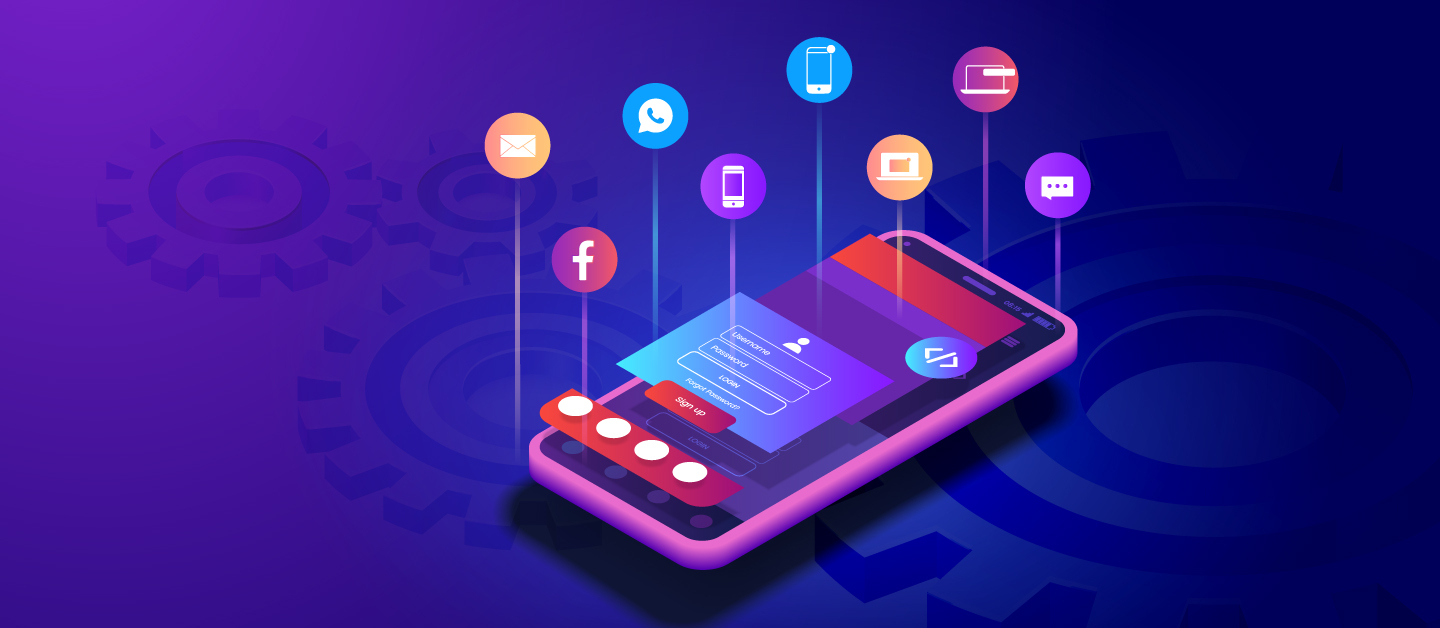

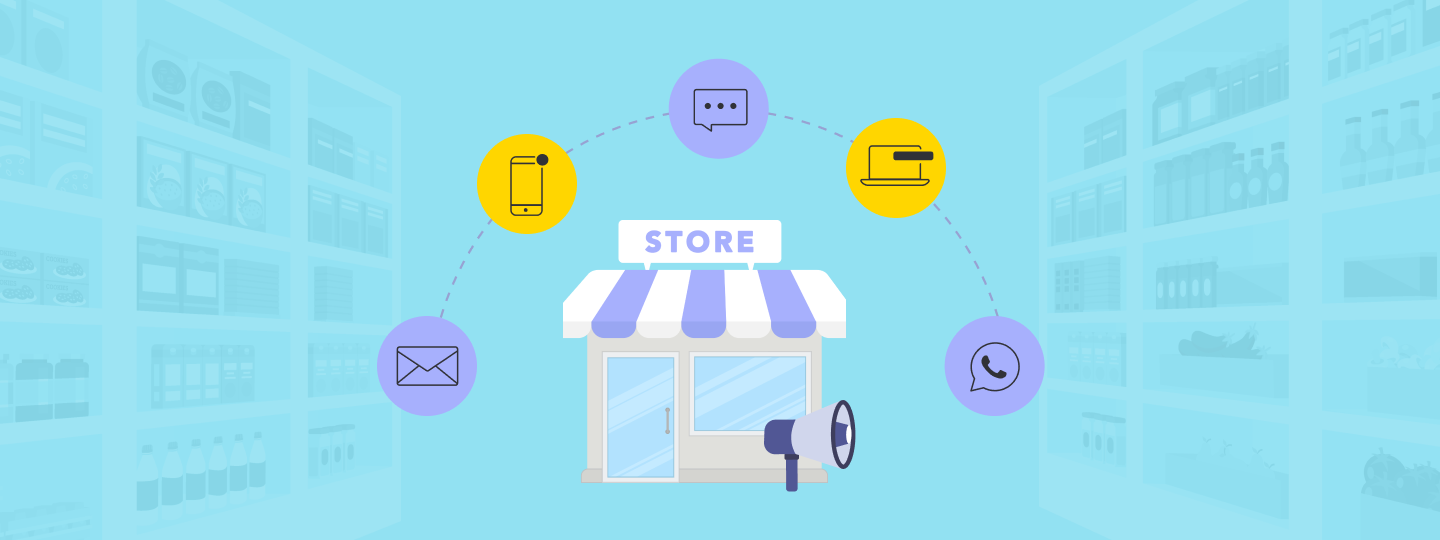
 Prakhya Nair
Prakhya Nair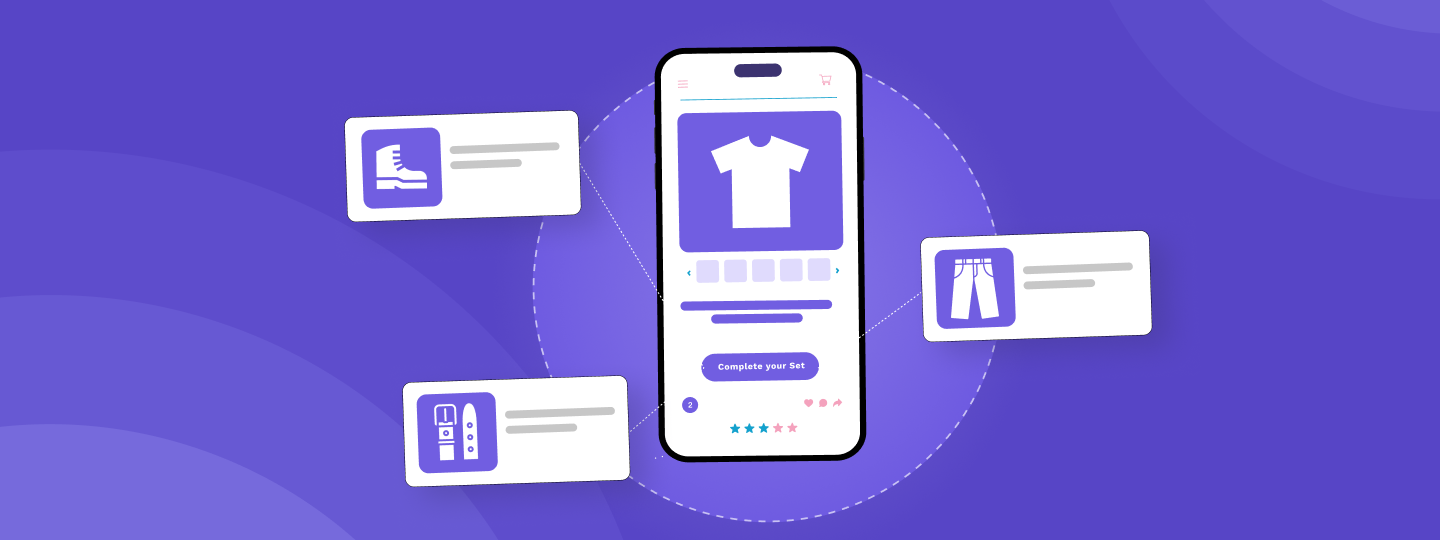
 Vanhishikha Bhargava
Vanhishikha Bhargava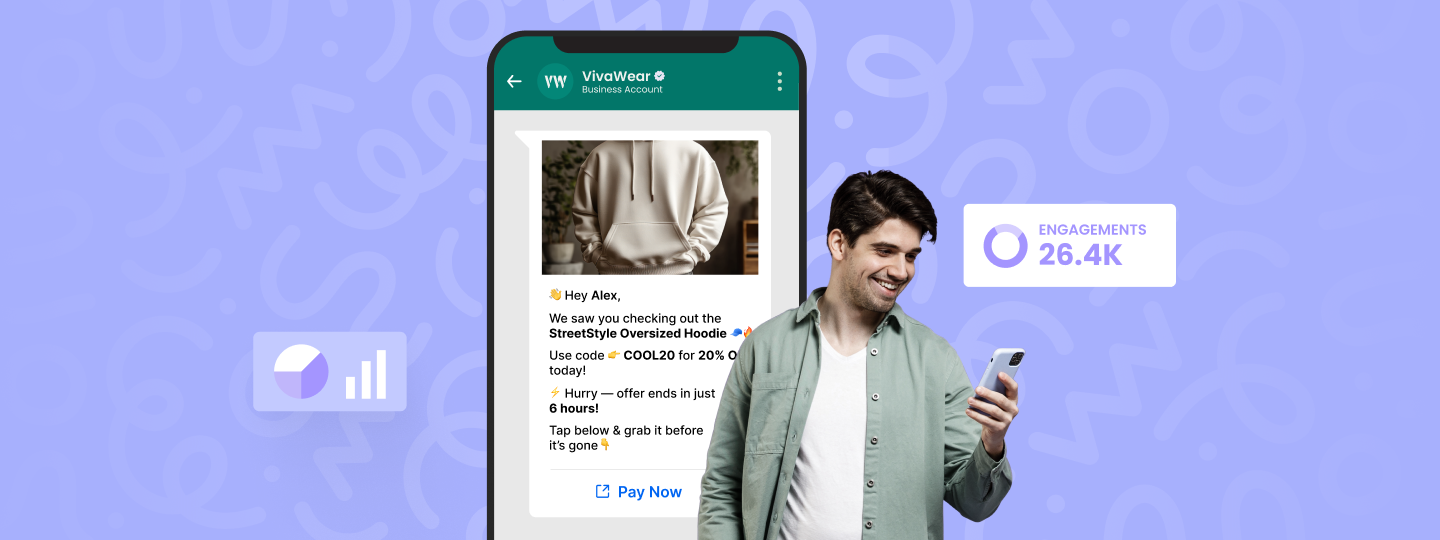


 Diksha Dwivedi
Diksha Dwivedi